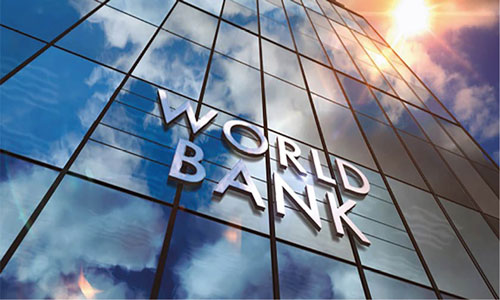Over 10 million people are at risk of falling into poverty in Pakistan due to high inflation and low economic growth.
World Bank’s biannual Pakistan Development Outlook report revealed that poverty alleviation efforts were insufficient in the country facing serious challenges of foreign reserves, high inflation, low GDP growth and food insecurity.
‘Pakistan’s GDP growth is projected to be 1.8 per cent and inflation is 26 per cent. Approximately 98 million Pakistanis are already below poverty line while 10 million more at risk of slipping into poverty due to high inflation and limited wage growth in construction, trade, and transportation’, reveals the report.
Pakistan’s foreign reserves will remain as low as 1.3 months of total imports despite successful completion of the International Monetary Fund (IMF) Stand-By Arrangement (SBA) and continued rollovers by friendly states. Pakistan will continue to face liquidity issues in the medium term due to trade deficit and limited access to external financing, says the report.
“In the absence of major and sustained economic reforms, Pakistan is expected to continue to face foreign exchange liquidity issues due to the trade deficit and limited access to external financing,” the report says.
Inflation will remain on the higher side due to higher domestic energy prices. Consumer price inflation is projected to remain elevated at 26pc in FY24.
“The increase in prices is driven by domestic gas, electricity, and fuel tariff adjustments resulting in significant increase in domestic energy prices,” the report says.
“Growth in private consumption is projected to decline to 1.7pc in FY24, due to decrease in real incomes because of high inflation and import management measures.”
However, inflation will gradually moderate in FY25–26 due to a high base effect and as global commodity prices ease. The current account deficit (CAD) is expected to remain low due to import management measures.
“The CAD is expected to remain low at 0.7pc of GDP in FY24 and to further narrow to 0.6pc of GDP in FY25 and FY26,” the report further says.










